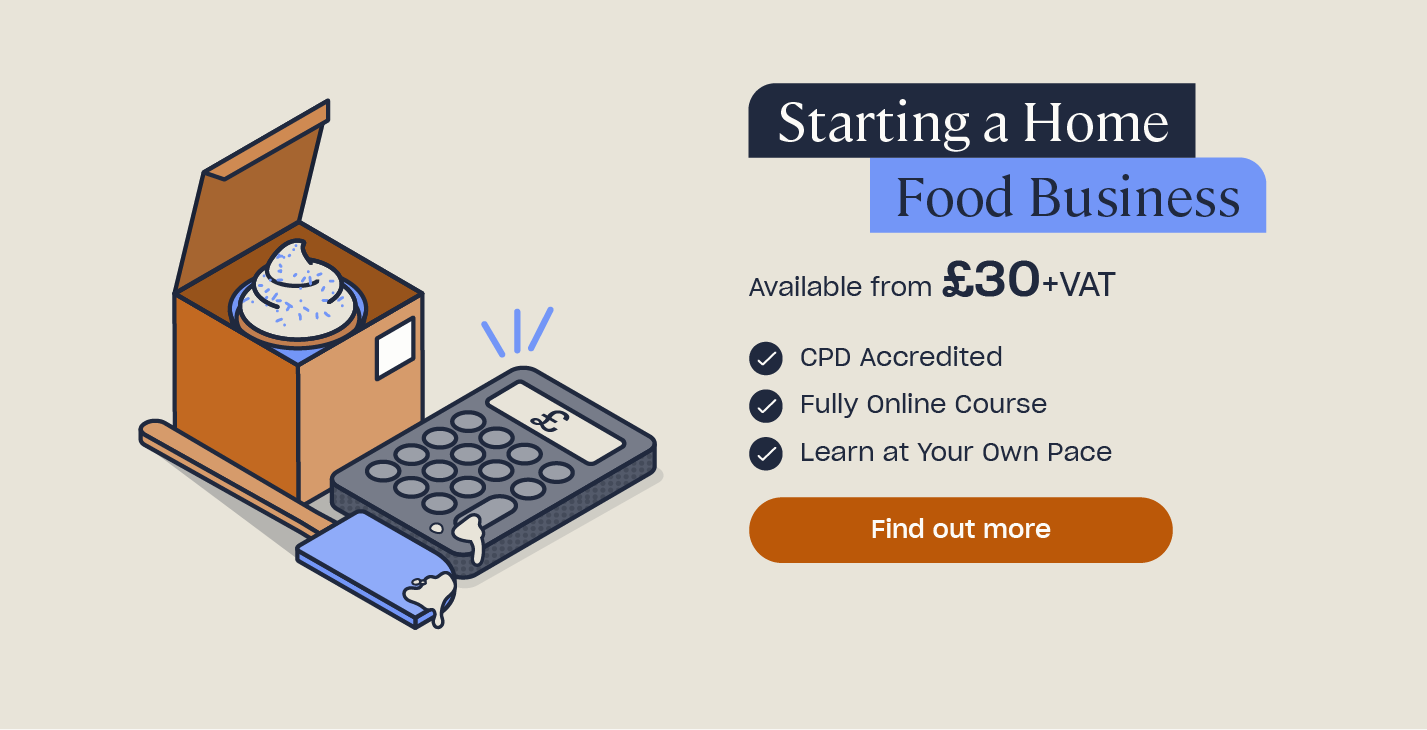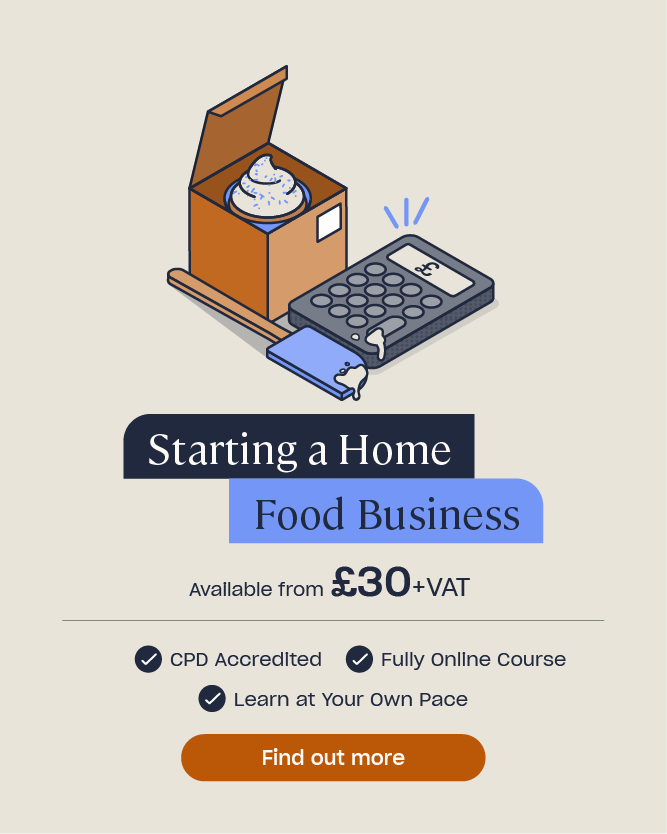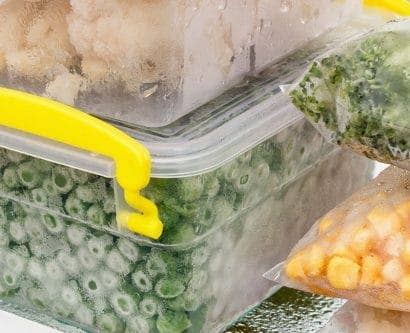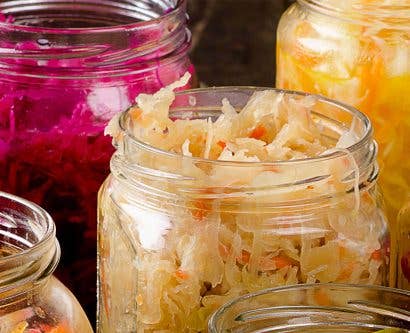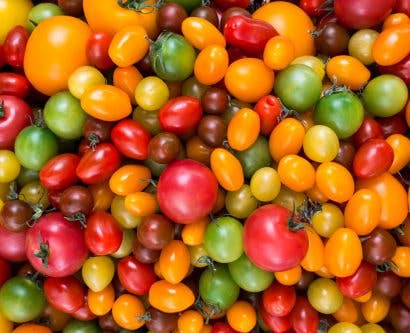Core Temperature Log Sheets: Guidance for Home Cooks
Every food business owner or food handler has a responsibility to ensure that the food they are preparing or selling is safe to eat. There are a number of safety procedures that you need to follow in order to ensure this, and one of these is managing and recording the core temperatures of your food.
Serving or selling food that has not reached the correct temperatures allows for the multiplication of harmful bacteria which can result in any one of many foodborne illnesses, such as Salmonella or E. Coli. Even if you’re producing low-risk foods such as cakes or bakery products, core temperatures should be recorded in case of a report of food poisoning or complaint.
In this article, we will introduce the core temperatures of cooked foods, explain the importance of recording temperatures and how to correctly measure them. We will also include a free core temperature log sheet for your kitchen.
What is the Core Temperature of Food?
The core temperature is taken from the thickest part of the food. You should avoid the bone, any fat or gristle and the surface of any cooking equipment as these will provide inaccurate readings. You should continue to cook the food until it reaches the correct core temperature. Make sure that you do not serve the food until it has reached this, otherwise it may not be safe to consume.

Depending on what you are cooking, temperatures may vary due to a number of factors. These could include:
- Ingredients used.
- Oven.
- Altitude.
The standard advice is to cook food until it has reached 70 °C for two minutes, 75 °C for thirty seconds, or 80 °C for six seconds. In Scotland, however, the minimum core temperature is 82 °C. This will normally destroy bacteria and make the food safe to eat.
There are exceptions to the core temperature rule. For example, a steak that is cooked medium rare will have a different core temperature to that of one that is cooked well done. You can safely serve steaks that are pink in the middle as the harmful bacteria is on the outside of the meat. For this reason, burgers should not be served pink as the mincing process means the surface of the meat is spread throughout the burger.
Meat dishes are typically roasted, stewed, barbequed or cooked, and some of these methods mean that the meat is cooked for longer at a lower temperature. Most recipes suggest an oven temperature of 180°C.
If you’d like more information on food safety, consider looking at our range of comprehensive courses that cover all aspects of food hygiene.

Why is it Important to Record Core Temperatures?
Keeping a record of core temperatures is a crucial part of your food management system, which is known as HACCP (Hazard Analysis and Critical Control Points). Making sure that your food is cooked to the proper temperature ensures that you are showing due diligence to your local authority and protecting your customers from harm.
As ensuring the correct temperatures of your food is such an essential part of your food safety practice, it’s important to carry out regular checks. You also need to keep clear records of these checks. Many businesses fail to follow this process, which means they could be placing their customers at risk when consuming their food.
Using a food temperature log is an easy way to ensure that you’re keeping up-to-date with your checks. It can also be used as proof to your local authority that you’re complying with the food safety regulations and prove that you care about keeping your customers safe and well.

Temperature Danger Zone
Having your food cooked to the correct temperature, and outside the temperature danger zone helps to ensure that bacteria is properly cooked off, and therefore prevents foodborne illnesses – such as E.coli and salmonella – from occurring.
The temperature danger zone is the term used for the temperature range where food is at the most risk of developing harmful bacteria.
The temperature danger zone is between 8 °C and 63 °C.
Temperatures below 8 °C make it significantly more difficult for bacteria to grow; however, as best practice, we recommend chilled food is kept below 5 °C. Remember also that freezing food doesn’t eliminate bacteria, it just prevents them from growing. If you are defrosting food (raw meat, for example), you need to defrost it slowly in a cold environment, like a fridge. By bringing the frozen food up to a chilled temperature, you’re ensuring that the food remains safe and out of the danger zone. The recommended temperature range for a fridge is between 1 °C and 5 °C.
For more information on keeping track of your fridge and freezer temperatures, visit our article that includes a free temperature log sheet.
Due Diligence
As we’ve explained, keeping records of your core temperatures is part of your HACCP management plan. Due diligence refers to proving that you have taken every precaution in order to prevent harm to your customers. It is the best defence you have in the case of a legal dispute. When an Environmental Health Officer (EHO) visits your food business, they will check on your core temperature validation procedure as part of their inspection in regard to your food safety and hygiene.
If, when you check, your food isn’t cooked to the correct temperature, you can take corrective action. This means discarding any food that is potentially unsafe.
If the food isn’t heating to the proper temperature, it might mean that you need to inspect the equipment you’ve been using, and get it repaired or replaced if necessary. Regardless, you need to keep a record of this information.
Need a Course?
Adhering to the HACCP principles are essential to food safety. Consider taking a look at the range of HACCP courses we offer.
Home Baking
Even if you are selling low-risk foods such as cakes or bakery products, recording the core temperatures will provide assurance if a complaint arises or if a customer falls ill. There is a common misconception that when baking cakes or something similar, there isn’t a need to record temperatures. This isn’t the case.

It is likely that when a cake is cooked, the core temperature of the cake will be out of the danger zone; however, this is not definitive proof. Ensuring a bakery product, especially if it contains egg, is cooked to the correct temperature will eliminate any Salmonella bacteria potentially contained within the egg.
Recording the core temperature can also benefit the quality of your cakes as the likelihood of overbaking will be reduced. If you are using a thermometer for quality reasons then it will be even easier to fill in our core temperature log sheet.
For some clarification around the various regulations you need to follow and the different directions you can take your business in, consider taking a look at our Ideas for Starting a Food Business From Home article. We also offer a Starting a Home Food Business course which explains how to successfully start your own food business from your home.
How Do I Record Core Temperatures of Food?
Before you begin your temperature checks, you should always make sure to clean and disinfect your probe. This should also be done after each check. To do this, you can either use a disinfectant wipe for a contact time of 30 seconds, or wash your probe in hot water that exceeds 82 °C.
You should also make sure to calibrate your probes to ensure that they are accurate before use. You can do this by using melting ice to check that the probe registers 0°C and boiling water to check that it registers 100°C.
Bacteria multiplies the quickest between 20 °C and 50 °C. The optimum temperature for the growth of most bacteria is 37 °C. This is the same temperature as the human body.
To kill the bacteria in your food, you must heat the food to a high temperature, for a certain period of time. When using a probe to check the temperature of your food items, it must display the temperature for a certain length of time – such as 80 °C for 6 seconds. Other temperature and time combinations are as follows:
- 60 °C for 45 minutes.
- 65 °C for 10 minutes.
- 70 °C for 2 minutes.
- 75 °C for 30 seconds.
- 80 °C for 6 seconds.
When it comes to reheating food, you need to ensure that it has been cooked thoroughly. You can also use our core temperature sheet to record this.

Core Temperature Log Sheet for Kitchens
When it comes to the question of how often you should be taking the core temperatures of your food, it is best practice to do this once a batch – or, the equivalent of whatever it is you’re cooking.
As previously said, our free core temperature log sheet is an easy and simple way to ensure that you’re keeping up-to-date food safety records. Once you have downloaded it, you can implement it into your daily routine checks. If you prefer to keep your records online, you can download the template onto your chosen device and fill them out there; however, you can also print it out. Having it displayed in your premises in a noticeable place will not only remind you to fill out the sheet regularly, but will show your local authority that you are committed to ensuring food safety.
Our log sheet has five sections for you to fill out:
- Date – It is important to include the date (and time, if you wish) of your checks. This shows that you have been regularly performing these checks, and makes it easy to prove your due diligence to an EHO officer or anyone else who asks.
- Product – This may seem an obvious point to include, but it’s important to note down which products you have tested and what their core temperatures are.
- Internal/Core Temperature – This is for you to mark down the exact reading of your probe. You can also include how long the temperature was shown for – for example, as we previously explained, standard advice is to make sure the food is at 70°C for two minutes or 75°C for thirty seconds.
- Additional Cooking Required? – This is where you should fill in the actions you have taken if the food wasn’t initially cooked to the correct core temperature. You should also include the results of further temperature checks, the last of which showing that the food is now at a safe temperature to eat.
- Initials – This is especially important if you have employees, as you can monitor which of them are/aren’t following this practice. However, even if you are the only person conducting these tests, you should still mark your initials on this section.
Further Resources:
- HACCP Training Courses
- What is the Temperature Danger Zone? Free Food Safety Chart
- How to Start a Food Business From Your Home
- Fridge and Freezer Temperature Log Sheets for Kitchens
- How Many Times Can You Reheat Food Safely?
- Starting a Food Business from Home Course


